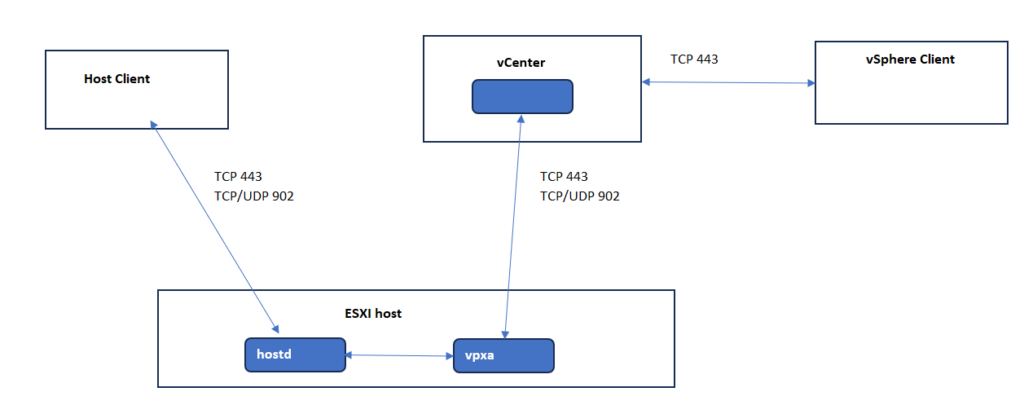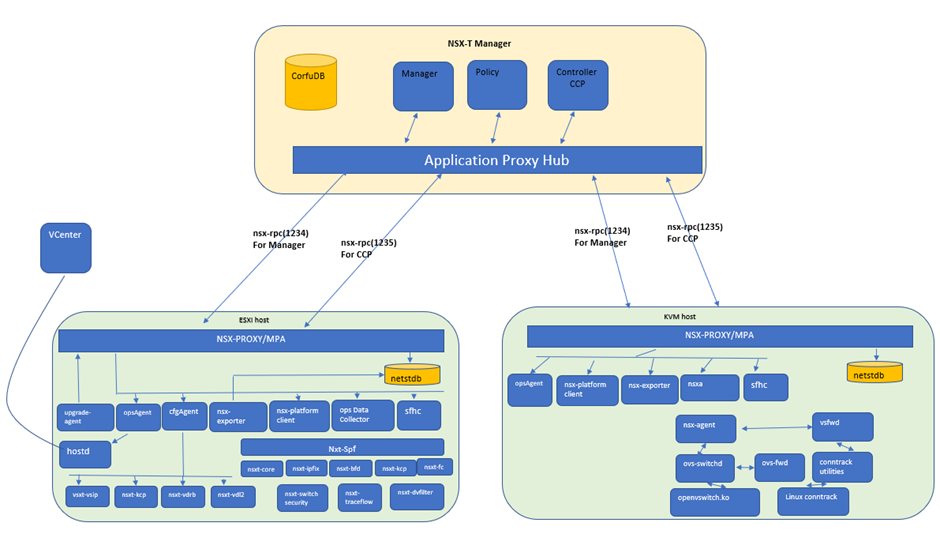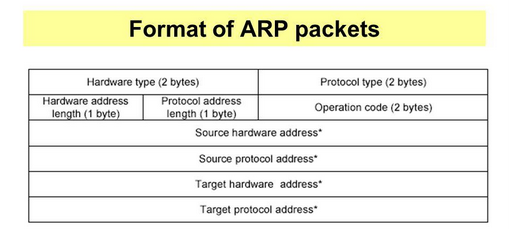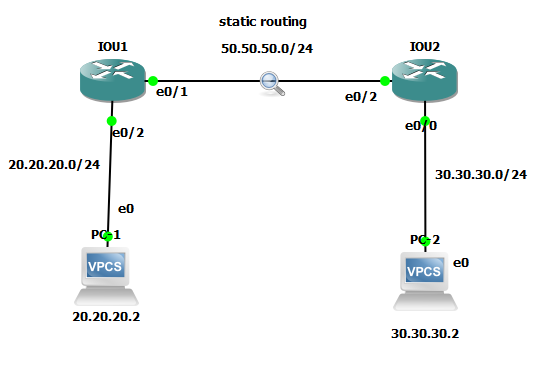vCenter is used for managing ESXI host and VM operations via vsphere client
Vcenter also provides advanced features like DRS, vSphere HA, Fault Tolerance , vmotion & Storage vMotion and other
Vcenter is an appliance either windows or linux based and contain following.
1.Photon OS
2.Postgres DB
3.Vcenter services
In this blog we will be focusing on vCenter services and its operations.
vCenter services include vSphere client, vSphere server , Content library, VPXD etc
I will be more focusing on the component/services which are use to communicate between vCenter and ESXI host.
vCenter Client is the primary service used to manage ESXI hosts. When you add ESXI host into vCenter it installs VPXA agent on each ESXI host. On vCenter demon named VPXD runs to communicate with ESXI host via vcenter agent on host VPXA.
Hostd demon of host is responsible for managing most of the operations of ESXI host.
Hostd is aware about all the VM and and its running status and alos aware about the storage associated with VMs.
Now if you are using vCenter client then you can manage operations like , power on VM , vmotion etc so VPXD on vcenter will instruct VPXA of ESXI host and then VPXA of host will communicate the vcenter information to hostd and hostd will act accordingly and configure the required changes. Since the operation was initiated from vcenter , vCenter also update its postgres DB about the operations.
Now if the vCenter is unavailable, you wont be able to use features like vmotion , DRS etc but you can manage host directly via Host client. When you manage ESXI host via Host client you send instruction directly to hostd , here no role of vpxa agent.
Restart vpxa and hostd services on ESXI Host
/etc/init.d/hostd restart
/etc/init.d/vpxa restart
Start vpxd and vSphere client services on vCenter
service-control –start vmware-vpxd
service-control –start vsphere-ui
Refer below topology to understand how vCenter and ESXI host interact with each other








































